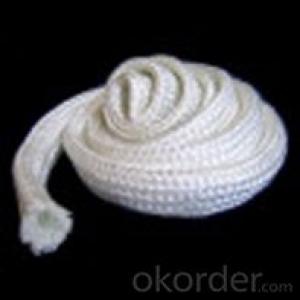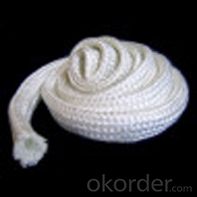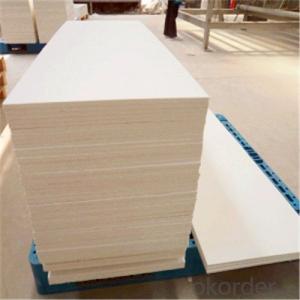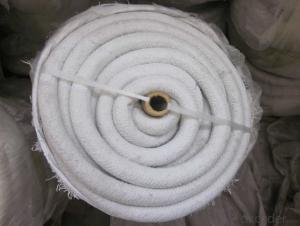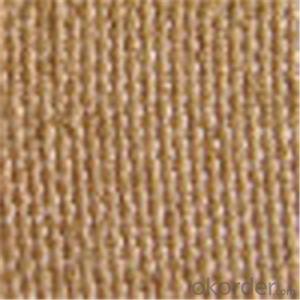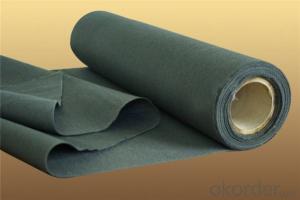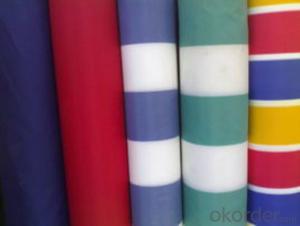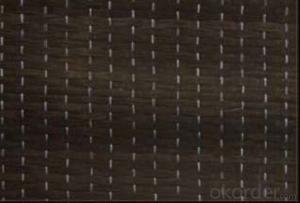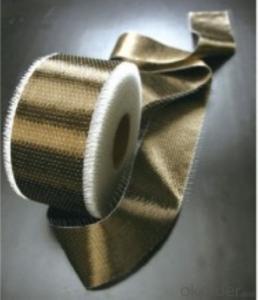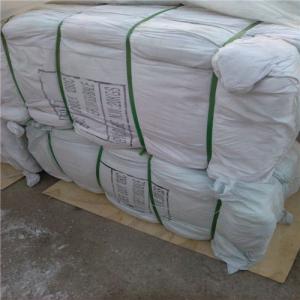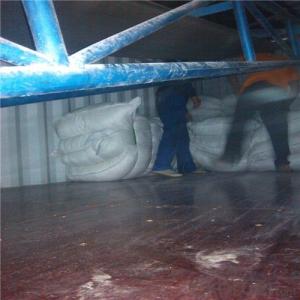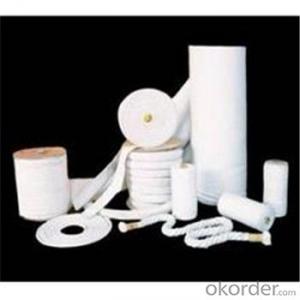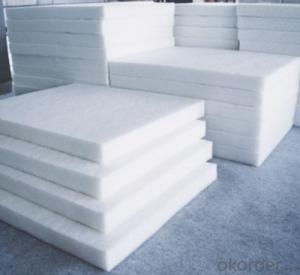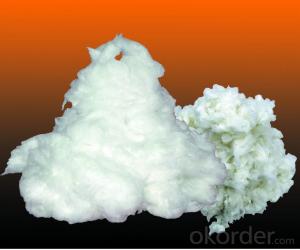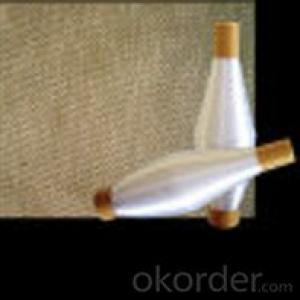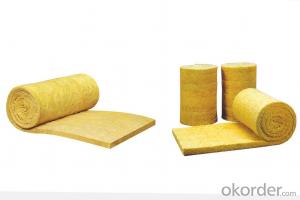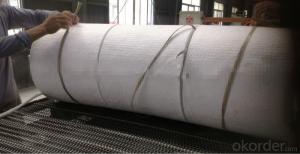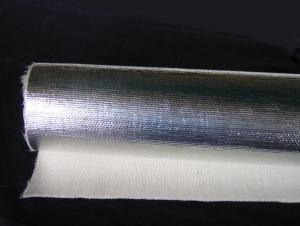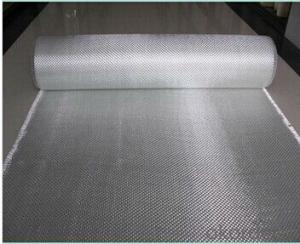High Tensile Insulating Ceramic Fiber Bulk for Industrial Boiler with Glass Fiber Textiles
- Loading Port:
- Shanghai
- Payment Terms:
- TT OR LC
- Min Order Qty:
- 10 m.t.
- Supply Capability:
- 100 m.t./month
OKorder Service Pledge
OKorder Financial Service
You Might Also Like
Quick Details
| Place of Origin: | China (Mainland) | Shape: | Block | Material: | ceramic fiber |
| SiO2 Content (%): | 44-52% | Al2O3 Content (%): | 44-55% | MgO Content (%): | 0 |
| CaO Content (%): | 0 | Refractoriness (Degree): | Common (1580°< Refractoriness< 1770°) | CrO Content (%): | 0 |
| SiC Content (%): | 0 | Model Number: | DKJL | Brand Name: | |
| color: | white | Application:: | textile manufacture | ceramic fiber bulk: | high temperature ceramic fiber for furnace melting |
| fireproof material: | fireproof ceramic fiber bulk for sealing | Shrinkage (1800℉, 3h):: | 3% | Fiber Diameter: | 3-4.5 |
| Density (kg/m³ ):: | 128 | Working Temperature:: | 1200℃ | specification temperature:: | 1260℃ |
| Ultimate Strength (≥ MPa):: | 0.08 |
Packaging & Delivery
| Packaging Detail: | All the fibers are packed in sack with the packing weight(20kg) Or made according to customer's requirement |
| Delivery Detail: | within 20 days or as per your order quantity. |
Specifications
Ceramic Fiber Bulk for melting
1. Low heat storage and thermal conductivity
2. Excellent chemical and thermal stability
Our Services
Product Description
Refractory thermal insulation Ceramic Fiber Bulk
The production of our ceramic fiber spun/blowing bulk takes use of electric resistance furnace melting method with the characteristics of stable performance, long fiber, strong tensile strong, less shot, excellent thermal stability, clean and white color etc. it is the optimum material for the production of fiber textile and also the perfect material for sealing and filling.
Product Characteristics:
1. Low heat storage and thermal conductivity
2. Excellent chemical stability
3. Excellent thermal stability
4. No bond and corrosive material
5. Excellent thermal shock resistance
6. Excellent sound insulation
Item | COM | ST | HP | HA | HZ | |
Specification Tem(°C) | 1100 | 1260 | 1260 | 1360 | 1430 | |
Working Tem(°C) | 1050 | 1100 | 1200 | 1350 | ||
Color | white | white | white | white | white | |
Fiber dia(um) | Blowing | 2-3 | 2-3 | 2-3 | 2-3 | 2-3 |
Swinging | 3-4.5 | 3-4.5 | 3-4.5 | 3-4.0 | 3-4.0 | |
Chemical | Al2O3 | 44 | 46 | 47—49 | 52-55 | 39-40 |
Al2O3+SIO2 | 96 | 97 | 99 | 99 | - | |
Al2O3+SIO2+ZrO2 | - | - | - | - | 99 | |
ZrO2 | - | - | - | - | 15-17 | |
Fe2O3 | 0.2 | 0.2 | 0.2 | |||
Na2O+K2O | ≤0.5 | ≤0.5 | 0.2 | 0.2 | 0.2 | |
All the fibers are packed in sack with the packing weight: 20kg Or made according to customers s requirement. | ||||||
Application:
1. Raw material of fiber textile
2. Filling material of wall lining of industrial furnace
3. Raw material of wet method products
4. Raw material of fiber spraying, casting materials and coating materials
- Q: What are the main ingredients of optical fiber?
- Inorganic non-metallic materials, SIO2
- Q: Can glass fiber textiles be used in reinforcement of hemp fibers?
- Yes, glass fiber textiles can be used in the reinforcement of hemp fibers. Glass fibers are known for their high strength and durability, making them an effective reinforcement material for various fibers, including hemp. This combination can result in enhanced mechanical properties and increased strength of hemp-based composites.
- Q: How do glass fiber textiles affect the feel or texture of fabrics?
- Fabrics can experience a significant impact on their feel and texture when glass fiber textiles are incorporated. The inclusion of glass fiber textiles can contribute to the strength, durability, and stiffness of fabrics, resulting in a more rigid and crisp feel compared to fabrics without glass fiber content. Furthermore, fabrics with glass fiber textiles have an increased ability to maintain their shape, reducing the likelihood of wrinkling or stretching. It is essential to consider that the feel and texture of fabrics may differ depending on the amount and type of glass fiber used. Fabrics with a higher proportion of glass fiber tend to feel stiffer and rougher, while those with a lower percentage can still retain some softness and flexibility. Additionally, the choice of glass fiber type also influences the feel and texture. For instance, fabrics crafted with E-glass fibers tend to be smoother and less abrasive than those made with S-glass fibers. Ultimately, the incorporation of glass fiber textiles offers fabrics unique characteristics and performance attributes. While it may alter the feel and texture, it provides advantages in terms of strength and durability, making it particularly beneficial for protective clothing, industrial fabrics, and technical textiles.
- Q: How do glass fiber textiles resist stretching?
- Glass fiber textiles resist stretching due to the inherent strength and rigidity of the glass fibers woven or knitted together. The glass fibers provide high tensile strength, preventing elongation and maintaining the fabric's shape even under tension.
- Q: Can glass fiber textiles be used in filtration systems for water or air?
- Yes, glass fiber textiles can be used in filtration systems for water or air. The high strength and durability of glass fiber make it an effective material for trapping and removing particles from fluids or gases. Its fine and porous structure allows for efficient filtration by capturing contaminants and impurities, ensuring cleaner and safer water or air.
- Q: Can glass fiber textiles be used in reinforcement of rubber?
- Glass fiber textiles have the potential to reinforce rubber materials. They possess remarkable mechanical properties and high strength, which makes them a perfect choice for enhancing the durability and tensile strength of rubber products. Incorporating glass fiber textiles into rubber composites improves overall performance and increases the load-bearing capacity of the rubber material. By distributing stress evenly throughout the rubber matrix, the glass fibers provide reinforcement and minimize the risk of cracks, enhancing resistance to deformation. Furthermore, glass fiber textiles enhance tear resistance, abrasion resistance, and dimensional stability of rubber products. This makes them especially suitable for various applications that demand robust and long-lasting rubber materials, such as automotive components, conveyor belts, hoses, gaskets, and seals.
- Q: Can glass fiber textiles be used in sound-absorbing panels?
- Yes, glass fiber textiles can be used in sound-absorbing panels. Glass fiber textiles have excellent acoustic properties, making them an ideal choice for sound-absorbing applications. The fibers in glass fiber textiles are designed to trap and dampen sound waves, reducing their reflection and transmission. This results in improved sound absorption and reduced echo in a room or space. Additionally, glass fiber textiles are lightweight, durable, and non-combustible, making them a safe and reliable material for sound-absorbing panels. They can be easily installed in various settings, such as recording studios, theaters, offices, and public spaces, to enhance the overall acoustic environment.
- Q: What are the different sewing techniques for glass fiber textile?
- Glass fiber textiles can be sewn using various techniques. Among them is the straight stitch, which involves sewing a straight line of stitches along the fabric edge to join two pieces together. To enhance the strength of a seam, the zigzag stitch is utilized, creating a zigzag pattern that securely holds the fabric edge. Another technique, known as the overlock stitch or serger stitch, is used to finish fabric edges, preventing fraying and achieving a professional appearance. In addition to these fundamental sewing techniques, there are specialized methods for working with glass fiber textiles. When sewing with glass fiber fabrics, it is crucial to use a sharp needle specifically designed for this type of material. This prevents needle breakage or dullness. Moreover, it is advisable to use a heavier weight thread, like polyester or nylon, to ensure a strong and secure stitch. Ultimately, the choice of sewing techniques for glass fiber textiles depends on the project and desired outcome. By employing these techniques and taking necessary precautions, one can create high-quality and long-lasting garments or other items using glass fiber textiles.
- Q: What is the melting point of glass fiber textiles?
- The melting point of glass fiber textiles can vary depending on the specific composition and manufacturing process of the textile. Generally, glass fibers have a melting point ranging from 1200 to 1600 degrees Celsius (2192 to 2912 degrees Fahrenheit). However, it is important to note that glass fibers do not actually melt like other materials, such as metals or plastics. Instead, they undergo a process called softening, where the fibers lose their structural integrity and become pliable. This softening temperature can be lower than the actual melting point, typically around 800 to 1000 degrees Celsius (1472 to 1832 degrees Fahrenheit).
- Q: Can glass fiber textiles be used in the production of backpacks and bags?
- Yes, glass fiber textiles can be used in the production of backpacks and bags. Glass fiber textiles, also known as fiberglass, are lightweight, strong, and durable materials that can provide excellent support and protection for backpacks and bags. They offer high tensile strength, meaning they can withstand heavy loads without breaking or tearing. Additionally, glass fiber textiles have good resistance to chemicals, moisture, and UV radiation, making them suitable for outdoor use. They can be woven or laminated with other fabrics to enhance their properties and create a unique design. Overall, glass fiber textiles provide a reliable and versatile option for the production of backpacks and bags.
Send your message to us
High Tensile Insulating Ceramic Fiber Bulk for Industrial Boiler with Glass Fiber Textiles
- Loading Port:
- Shanghai
- Payment Terms:
- TT OR LC
- Min Order Qty:
- 10 m.t.
- Supply Capability:
- 100 m.t./month
OKorder Service Pledge
OKorder Financial Service
Similar products
Hot products
Hot Searches
Related keywords
